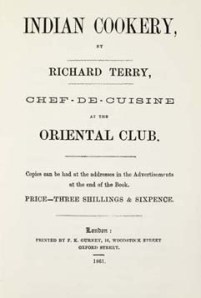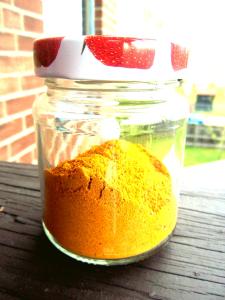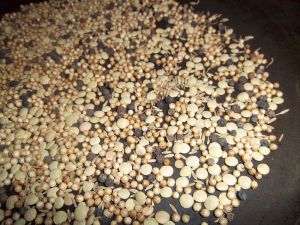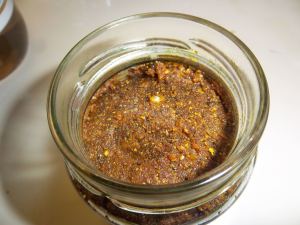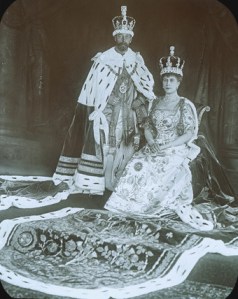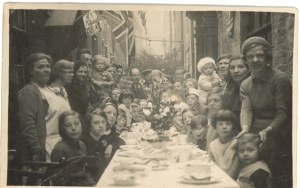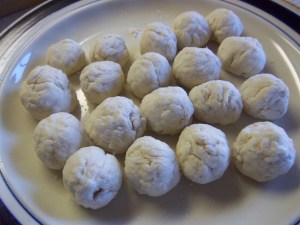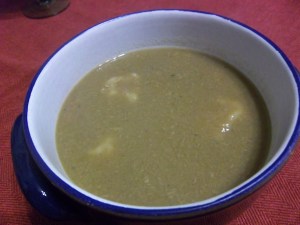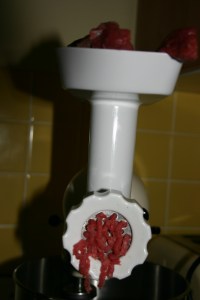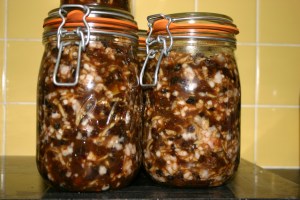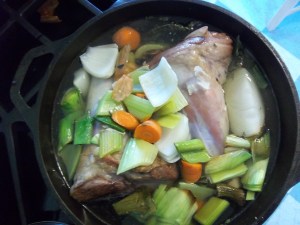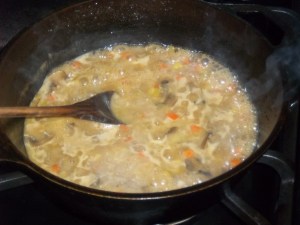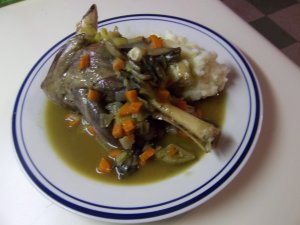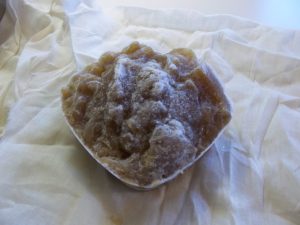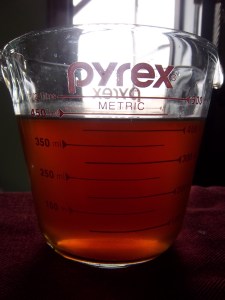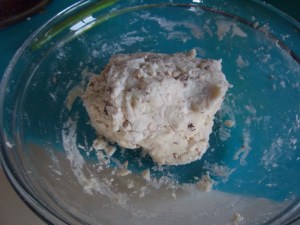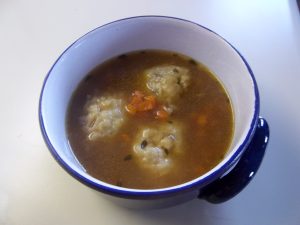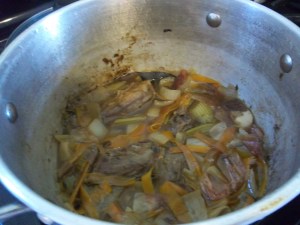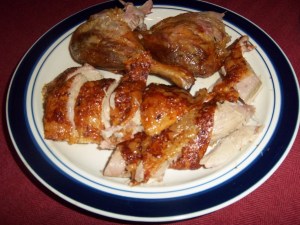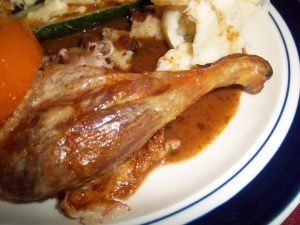The Duke of Wellington, the first (and only) President of the Oriental Club
In the mid-19th century, the British obsession with Indian curries and culture really started to take off (see this post for a brief history of Britain’s love of spice and India). It wasn’t just the spiciness, but the romance of the place. Queen Victoria loved the country and even had an Indian wing in the palace. Although she was the Empress of India, she never actually visited the country, leaving all that excitement to her sons.
Hanover Square in the 18th Century
Authentic – or very close approximations to authentic – curries were being made in one particular London gentleman’s club called the Oriental Club which could be found in Hanover Square. The club catered for high society – the Duke of Wellington was the President and all the chairmen seem to have been Sirs, Lords, Major-Generals or Vice-Admirals. The Club was obviously a popular one; it opened in 1825 and in 1961 it moved from Hanover Square to Stratford House on Stratford Square, where it remains to this day. If you are a Londoner (and a man), you can still join, though it does cost between £240 and £850 per year to become a member.
Stretford House, the current home of the Oriental Club
In its hey-day, Chef Richard Terry was at the helm in the kitchen, who took full advantage of the first Asian grocery warehouses; Payne’s Oriental Warehouse on Regent Street and the Oriental Depot on Leicester Square. His recipes were ‘not only from [his] own knowledge of cookery, but from Native Cooks’ too. He published a book called Indian Cookery in 1861, where the recipe below is adapted from. The job of adaptation was not done by me, but Madhur Jaffrey, though I would like to get my hands on a copy.
To make the curry, you need to make a blend of curry powder and curry paste first.
Richard Terry’s 19th Century British Curry Powder
This makes 7 tablespoons of curry powder – enough for more than three curries using the recipe below. You can of course use it in any recipe that asks for ‘curry powder’ in its list of ingredients. All the spices required are ground, but don’t buy ground coriander, pepper, cumin, cardamom and cloves if you can avoid it. Instead, roast whole spices over a medium-high heat in a dry frying pan then grind using a coffee grinder after cooling. All you need to do is mix together the following:
2 tbs ground turmeric
5 tsp ground coriander seed
2 tsp ground ginger
2 tsp Cayenne pepper
1 ½ tsp ground black pepper
½ tsp ground cumin
½ tsp cardamom seeds
½ tsp ground cloves
Store in a cool, dry, dark place.
If you like the blogs and podcast I produce, please consider treating me to a virtual coffee or pint, or even a £3 monthly subscription: follow this link for more information.
Sir Ranald Martin’s British Curry Paste
Many old (and new!) recipes ask for curry paste, but don’t always give receipts for the paste itself. This recipe from Ranald Martin, a Victorian doctor and foodie who lived in India during the 1840s provides us with this one below. He was told it was an old Madras concoction. According to Madhur Jaffrey, the ingredients are very common in Madras, but the combination is ‘totally alien’. Aside from being used in curries, it was also used in sandwiches. The recipe below makes around 12 fluid ounces of paste.
4 tbs whole coriander seeds
2 tbs lentils such as yellow split peas or chana dal
1 tbs whole black peppercorns
1 ½ tsp whole cumin seeds
1 tbs whole brown mustard seeds
1 tbs ground turmeric
1 tbs Cayenne pepper
1 ½ tsp ground ginger
2 tsp salt
2 tsp sugar
3 cloves of garlic, minced
4 fl oz cider vinegar
6 tbs flavourless cooking oil such as sunflower or peanut oil
Dry-roast the whole spices and lentils in a frying pan until they turn a shade darker and emanate a delicious roasted aroma.
Remove from the heat, cool and grind in a spice or coffee grinder. Add the remaining ingredients except for the oil and stir well. Heat the oil in a frying pan and when hot, add the spice mixture and fry for around five minutes until the paste turns darker. Cool and empty into a jar. Store in the refrigerator.
The Oriental Club’s 19th Century Mutton Curry
Okay, you have made the paste and blended your spices, now you can get on with the curry. You can use either lamb or mutton, but bear in mind, the mutton – although more flavourful – will take longer to cook. If lamb is tricky to get hold of, goat or kid could be used as an alternative. The curry is pretty pungent, but good, dark and rich; I added a couple of peeled, chopped potatoes to add much needed-blandness. This curry serves 4 people and goes very well with plain rice, yoghurt and mango chutney. Would you believe, I forgot to take a photograph!?
4 tbs flavourless cooking oil
1 medium-sized onion, thinly sliced
2 tbs 19th Century British Curry Powder
1 tbs 19th Century British Curry Paste
1 ½ lb cubed lamb meat, shoulder is a good cut for this
8 – 12 oz (i.e. a couple of medium-sized) potatoes, peeled and cut into large chunks
¾ – 1 tsp salt
Heat the oil in one of those wide, deep frying pans that come with a lid. Add the onions and fry until the onions have browned and become crisp. Add the paste and powder, stirring well for a few seconds. Now add the meat and half of the salt, stir, cover and turn the heat right down. Gently fry for around 10 minutes, stirring occasionally. Add a pint of water (that’s a British pint – 20 fluid ounces) and the potatoes, turn up the heat and when the curry comes to a boil, turn the heat back down, cover and simmer very gently until the meat is tender, around 60 to 90 minutes if using lamb, longer if using mutton. Taste and add more salt if needed.




